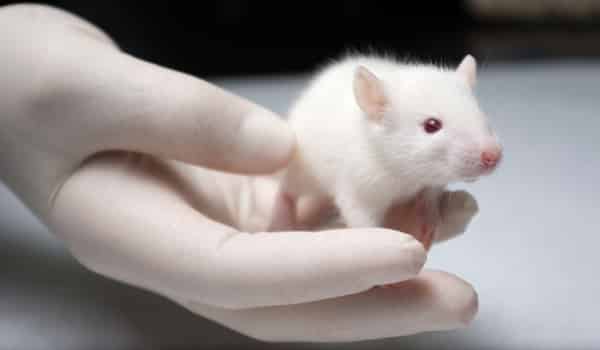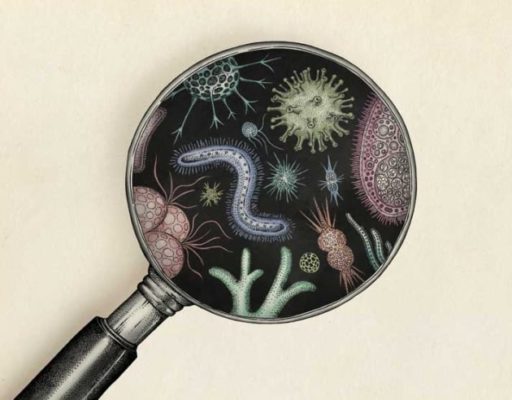Medical researchers typically tend to use male animals and tissues while experimenting in the labs. The US National Institute of Health (NIH) has now ordained that it will fund only such researchers who balance the count of male and female animals in their works.
Since NIH is the largest source of medical-research funding around the globe, a change in its policy is sure to have a huge impact. And it will dictate a much-needed reform in the medical world where male-centric experiments often lead to the creation of such drugs which are not exactly suited to women in real life.
Researchers use male animals and avoid females because of the hormonal cycles of the females. But that is one of the many key reasons which has created this imbalance in research. From the creation of new medicine to testing the reaction of different drugs, researchers stick to male tissues or animals for the most part. Once a certain conclusion is reached, the final product is then tested on females.
However, the critical need is to introduce the gender segregation as a variable into the equation, right from the start. Work on any new cure, treatment or medicine needs to start with the basic presumption that males and females may respond differently to different drugs. There are countless examples in the medical world which substantiate this.
According to Janine Clayton, associated director for NIH research on women’s health, “To help scientists understand and adapt to the changing policies, we will create training modules on experimental design. Of course, we will also monitor compliance with new policies and perform data analysis to track our progress.”
Clayton further says that there is an ever greater need to make use of science and find other similar gaps in medical research. Such gaps are many and they directly affect the outcome and efficacy of the researches and products that are based on them.
Source: Nature Magazine
[ttjad keyword=”xbox-360″]




